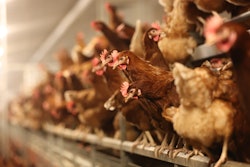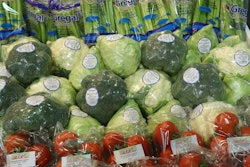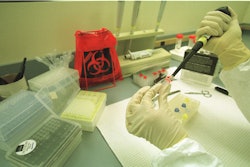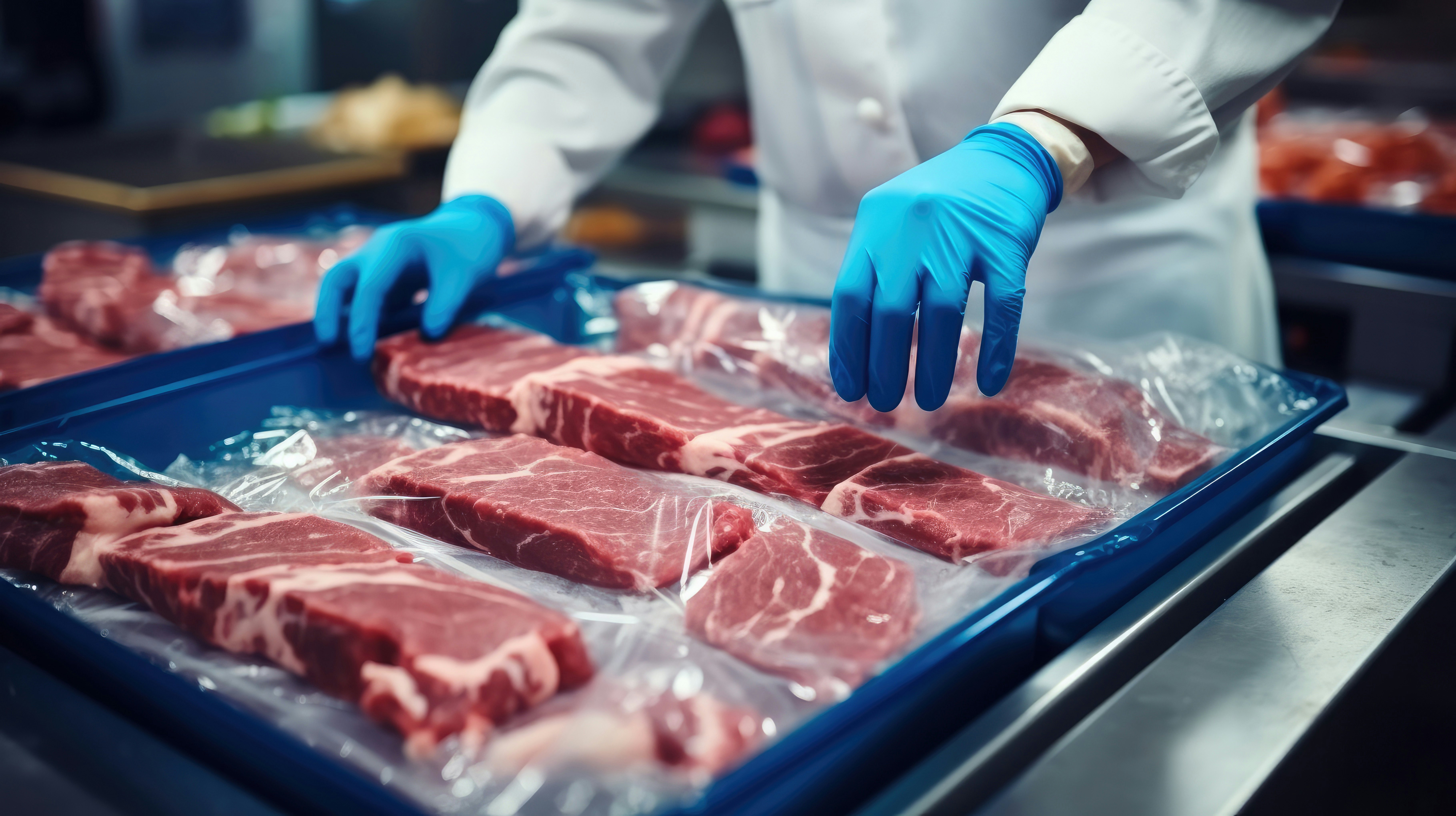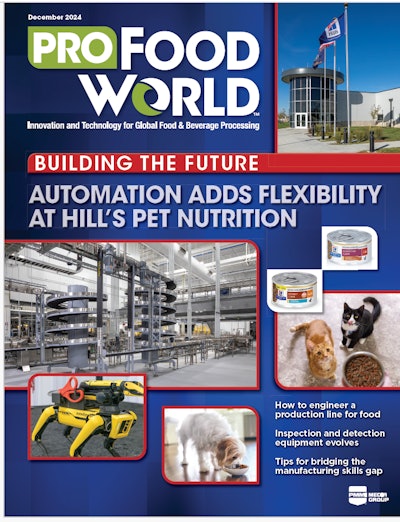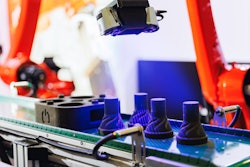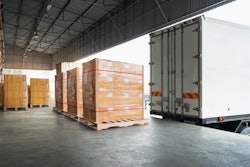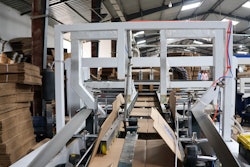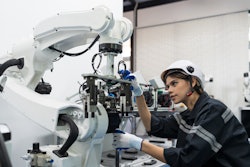Casey Flanagan: I'm Casey Flanagan with ProFood World. I'm here in Decatur, Illinois. It's June 4, kind of a drizzly day. I'm here at Tillamook's new production facility. It's their first production facility outside of Oregon, and it is an ice cream production facility. Just to start, on opening day, they're going to be creating 50 new jobs in the area. And they say that once production scales, they expect to produce about 15.5 million gallons of ice cream here. So we're going to take a tour today. So join me along for this and we'll see what's inside.
This building was previously also an ice cream plant, but it's over a hundred years old. That meant significant refurbishment for Tillamook from fresh concrete flooring, structural steel and automation investments, to opening up windows for an improved workspace. The tour started with a look at the office space and locker room where workers prep for the day and put on safety gear.
Then we headed to where the base mix for ice cream is made. Listen in as Steve Marko, senior director of R&D at Tillamook, explains that process.
Steve Marko: Milk will come from our storage silos, so it'll come into these tanks back here, which are mix tanks and we redid all the stainless piping here. One person can work from this station here, it's called a liquefier. And in there is a very high speed sheer mixer and it's blending our cream, our milk, our real eggs and our sugar together. And a little bit of stabilizer. Stabilizer is used to keep all the water crystals from separating after the ice cream freezes.
Casey Flanagan: That mix is then sent to a pasteurizer to kill bacteria, a homogenizer to avoid milk separation and an aging tank for proper consistency before making ice cream. Let's take a look at the packaging side where containers are assembled.
Steve Marko: We'll wrap, roll, and attach a bottom, all heat sealed together and just about one every second. The lids are premade, they'll be here. And then they come out and shoot up the ladder. We fill the entire staging area with empty cartons and at the very end there's a drop chute. It goes down to the next layer, which is the filler, and it's right below us.
Casey Flanagan: On the lower level is the filling area, as Marko explained, along with end of line equipment. Listen as Marko explains how retail size package filling and the end of line connect.
Steve Marko: It's kind of the consistency of like a soft serve, because we need to be able to pour it into the container. It's then sent behind that wall is a spiral freezer that's spiral freezer to about -30 degrees. It will spend about an hour and a half inside there and it will harden like you know of ice cream, so then it gets its firm shape. And then it comes out, drops out of that hole into this conveyor, comes down, and this is our shrink bundler. It will automatically put them in cases of six and we'll wrap plastic around the outside.
Casey Flanagan: Keep an eye on ProFood World for further coverage on Tillamook's new ice cream production facility, where you'll find more details on the plant's design and the strategy behind it.




